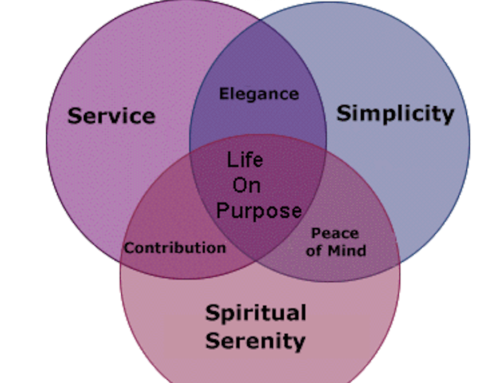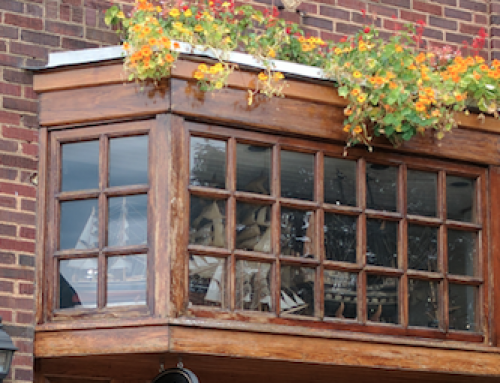Attic US Stamps' Hidden Riches
Pry open that cobweb-veiled trunk in the attic, and suddenly, a cascade of yellowed envelopes tumbles out, each bearing a tiny, time-worn square of color—a postage stamp from America's storied past. That electric shiver down your spine? It's the philatelist's siren call, the raw promise of unearthing treasures amid the mundane. As a bourse-hardened hunter who's sifted through estate lots at Siegel's shadowed previews and marveled at Scott catalog revelations under a desk lamp's glow, I know this ritual all too well. It's not just nostalgia; it's the gateway to potential windfalls, where us stamps worth money lurk disguised as forgotten family mail. In October 2025, with the USPS's 250th anniversary still fresh in collectors' minds—those vibrant panes of baby wild animals and sinuous Lunar New Year serpents flooding the market—the allure intensifies. These attic survivors aren't relics; they're roulette spins of fortune, blending heart-tugging heritage with the sharp calculus of scarcity, where a single imperforate or grilled anomaly can eclipse a decade's savings.
The emotional pull runs bone-deep. Why does a faded 1-cent Franklin from 1857 stir such fever? It whispers of frontier dispatches, of hands long stilled penning pleas across prairies. Rationally, though, it's the market's inexorable logic: low print runs ravaged by wars and wear, coupled with condition's cruel premium—pristine centering and original gum turning commons into commandos. As fall auctions loom, from Siegel's El Dorado cascade to Kelleher's Metlay masterpieces, savvy searchers reason that today's overlooked binder could headline tomorrow's hammer fall, a tangible tonic in an era of digital dross.
The Everyday Icons Packing Punches
Dive into the attic's bounty, and you'll unearth those unassuming workhorses—low-denomination Washingtons and Franklins—that belie their blockbuster potential. Take the 1857 1-cent blue Franklin, Type III imperforate: a broad-margin beauty with its line-engraved portrait unfaded, often dismissed as junk, yet mint examples command $6,000 or more in today's salerooms, their value rooted in roulette separations and light town cancels from ports like Boston. Or the 1908 1-cent green Washington, its Benjamin K. Pierce frame a nod to postal pioneers; a never-hinged block with plate number intact soars past $1,000, shade variations from dull to brilliant green igniting specialists' bids.
Then there's the 1938 Presidential series 1-cent, that Presidential Issue staple with Roosevelt's profile in intaglio depth—seemingly ubiquitous, but a pristine, never-hinged vertical pair with shifted perforation whispers $500 secrets, its error a printer's midnight murmur. These pieces evoke a poignant pang: the everyday mail that stitched a nation, now prized for their survival against floods and forgetfulness. Reasoning through the rush, collectors note how 2025's anniversary hype spotlights precursors, inflating premiums for pre-1900 issues where gum integrity trumps all—disturbed reverses docking value like a poorly centered frame.
Grilled Guardians and Error Enigmas
No attic odyssey omits the grilled era's gritty gems, those 1867-68 embossments designed to thwart spongers with honeycomb or rosette patterns. The 15-cent Z-grill Lincoln, black on yellow with its pinpoint spikes, stands as philately's holy grail—fewer than 20 known, one surfacing in a Midwest estate to hammer at seven figures, its four-margin splendor a testament to anti-fraud fervor. Nearby lurks the B-grill 1-cent Franklin, its broader dents a subtler survivor; pristine singles fetch $100,000, evoking Reconstruction's resolve in every tactile ridge.
Errors add the drama's dash: the 1918 Inverted Jenny, that 24-cent airmail biplane flipped in a wartime whirl, where fragments from the rogue sheet command $1 million apiece, their upside-down audacity a symbol of flight's fragile infancy. Or the 1851 3-cent dull red Washington, strawberry-shaded and imperforate, with a double transfer flaw boosting bids to $2,000 for a well-centered pair. These anomalies stir schadenfreude's sweet bite—human slips amid mechanical might, now rationalized as investment gold in a market projecting 5% growth through 2030.
Spotting attic jackpots demands a collector's cunning; arm yourself with these hallmarks:
- Grill Gauge: Feel for Z's aggressive rosettes or B's honeycombs—deeper emboss signals authenticity, quintupling worth.
- Centering Supremacy: Hunt four even margins grading Gem 98; jumbo imperforates eclipse estimates twofold.
- Gum Gospel: Original, never-hinged reverses preserve premiums; hinge remnants or regumming spell caution.
- Error Edge: Scan for inverts or shifts under UV—missing perfs turn $100 commons into $10,000 tales.
- Cancel Chronicle: Light geometrics from New York duplexes enhance; trace to Pony Express routes for surges.
October's Auction Alchemy
This month, the frenzy peaks with Siegel's October 7-9 El Dorado unveiling—a torrent of superb US rarities where a 10-cent 1859 Type II imperforate, its frame lines crisp, ignites hybrid bids from global prowlers. Kelleher's Metlay sale on the 14th follows, parading mint blocks and revenue essays, from 1870 Lincoln pictorials to Zeppelin overprints, their thematic ties to 2025's space nods spiking interest. Emotion surges in these halls: the hush before the gavel, the paddle's defiant lift, sealing not deals but destinies.
Rationally, it's portfolio poetry—stamps yielding steady climbs amid volatility, their lore ensuring liquidity. Yet, the heart claims victory: appraising a family-heirloom 2-cent Harding, its 1922 rotogravure vibrant, conjures Roaring Twenties echoes, its $500 potential a portal to kin long lost.
Unearthing Your Legacy Ledger
Attic US stamps aren't vaults; they're vignettes of valor, from Franklin's thrift to Jennys aloft. In October 2025's renaissance, their riches beckon as reasoned refuges: tangible amid the virtual, storied amid the swift. That dusty envelope? It might cradle a grilled Washington, its bounty a blend of history's hum and hope's horizon. Embrace the excavation; let scarcity's whisper weave your windfall, one perforation at a time.





Leave A Comment